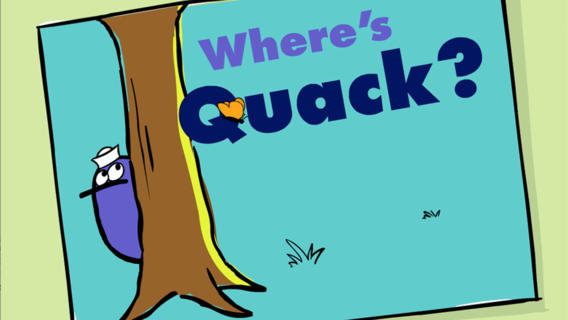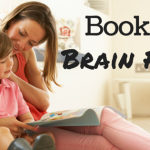App Review: Shadow Puppet

As a speech-language pathologist, I individualize my treatment plan for each child. For example, some children are more motivated by outdoor play whereas others might be more interested in books or structured games. One tool that I have added to my bag of tricks over the last few years is an iPad. With iPads and similar devices becoming more and more commonplace, many of the children I work with have access to a tablet and most of them show a lot of interest in them.
I have downloaded a wide variety of apps and have developed a list of favorites that I would like to share. I plan to review one of my favorite apps each month to give parents and caregivers ideas for making their child’s screen time more beneficial. This list consists of apps that are free or inexpensive and can be beneficial to different ages and skill levels. My favorite apps are ones that all children could benefit from. Please note, however, that an iPad or other tablet is NOT a necessary requirement for developing speech and language skills. Please read my reviews as supplemental suggestions to the real-life experiences that your child is already learning from.

https://itunes.apple.com/us/app/shadow-puppet/id700902833?mt=8
Shadow Puppet by Shadow Puppet Inc. is designed to create custom videos. Many kids love looking at pictures of themselves. This is a motivating activity that can help with sequencing, story telling, and interacting with others.
I have used this app with clients with impaired verbal skills who have recently taken a vacation. Their parents provided 5-10 favorite photos from the trip prior to our session. I then show the photos to the child and ask them to tell me about it. I use their words to create complete sentences about each picture. These sentences can be captions for the photos and can also be recorded on the video. If possible, it is best to let the child imitate each sentence so that the video is in their own voice.
Vacations aren’t the only possible topics, however. Use current events (school starting, seasons changing, etc.) or favorite activities (sports, movies, books, etc.) and help the child make a 5- to 10-page picture story about it. For children working on specific types of sentences, this allows for repetition and practice. For example, if a child is working on -ing verbs, take 10 pictures or even short videos (Yes, this app supports videos too!) of a child doing some of his or her favorite activities. Include friends and family as well for more pronouns. You can then create pages such as “I am reading” and “She is painting.”
Another idea is to use this app for sequencing steps for an activity such as “How to make a sandwich” or “How to brush my teeth.” These are great for learning to use vocabulary such as “first,” “next,” and “last,” and for improving daily living skills and increasing independence.
Once your child’s story is complete, now what? There are several options.
- Watch it over and over – The story can be saved and watched later. For children learning how to tell stories, it is helpful for them to hear their story again and again. Pretty soon, you might hear them reciting the story on their own!
- Communicate with family or friends – Maybe the family reunion is too loud and crowded for your child to feel comfortable telling a story, but you know that Uncle Jim would like to hear your son’s recount of his recent trip to Disney World. Why not send it to him via email (The app is not required to view the videos.) You could also use it for kids to share a presentation at school, tell a joke to Grandma, or send a thank you message to a friend who attended the birthday party.
- Use it as a social story – For example, if a child is having difficulties at the park, make a story with him or her about appropriate behaviors and activities for the park. Allow your child to watch the video before play.
- Remind children of steps in an activity – Encourage your child to watch the video he or she made about tooth brushing at bedtime to help make it a more independent activity.
The possibilities are endless! I hope these ideas help you to create fun communication opportunities for your child. Enjoy!
Theresa Sonderman M.A., CCC-SLP
Speech-Language Pathologist at Marian Hope





Leave a Reply
Want to join the discussion?Feel free to contribute!